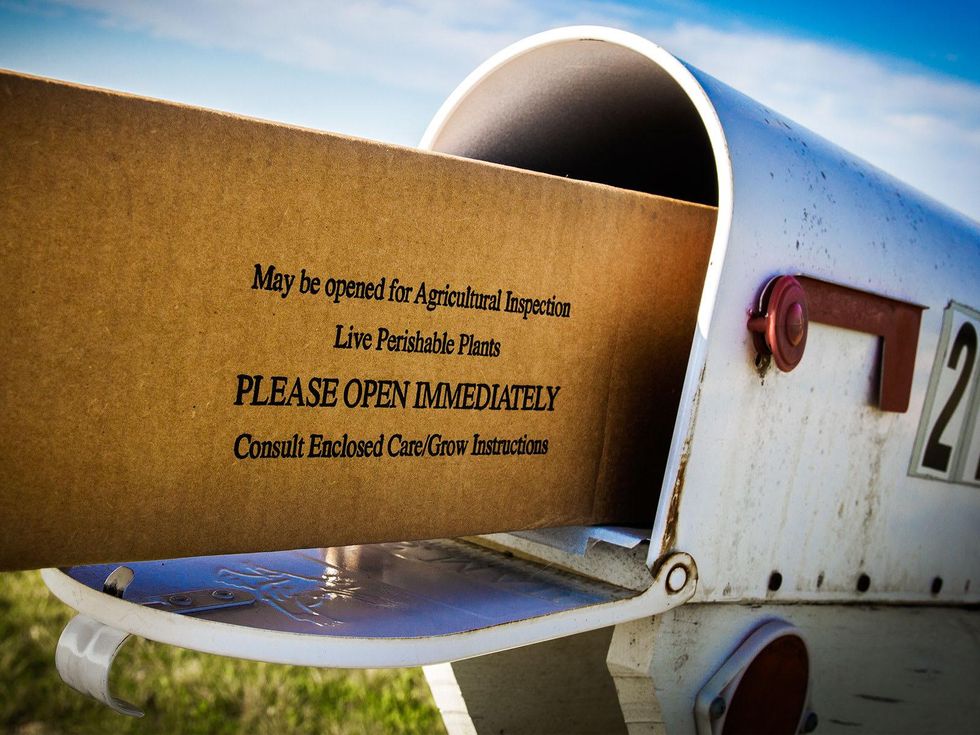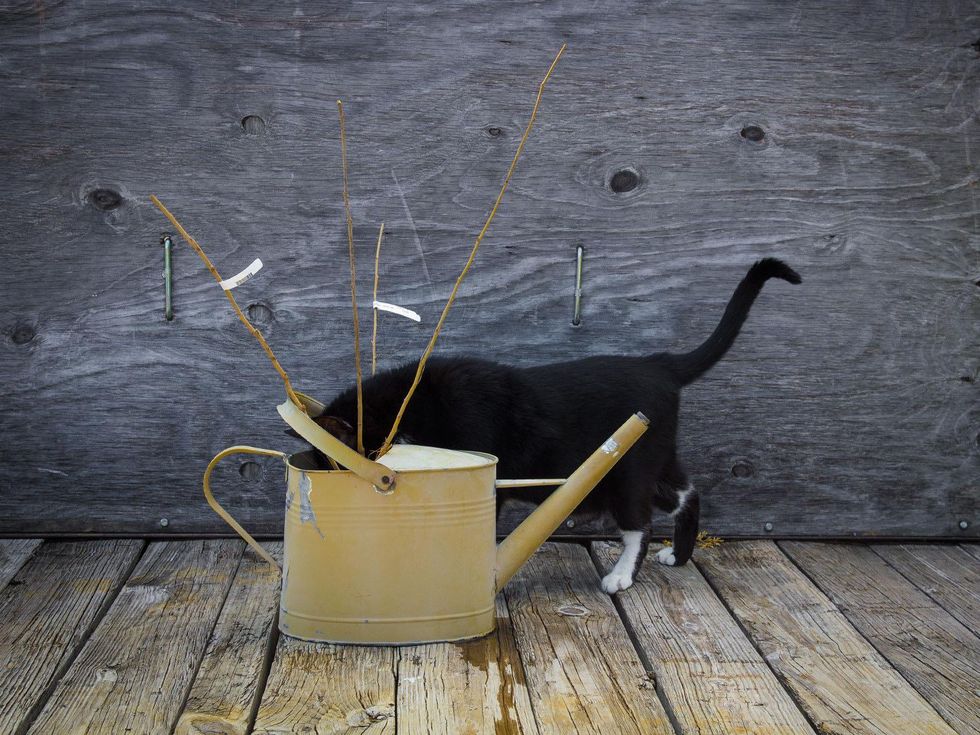The Farmer Diaries
Texas farmer revives forgotten native tree with sweet little orchard
Up the road about half a mile from where I live, there was a huge mulberry tree growing on an old home site, the property of the late Mr. Swanson whom I met as a child. His white, wooden home with its green tile roof from the early 1900s was long gone, but the tree remained and yielded fruit year after year.
I could take a walk and eat a handful of the sweet, dark red berries whenever they were ripe. I took very little; the rest I left for wildlife.
The most impressive fact about the tree was how it produced fruit for decades, unattended and watered only by the rainfall. The food from its branches was free, delicious and nutritious — all good traits that I decided I'd like to have in fruit trees in my growing orchard.
For my black mulberries, I had to go "bare root," a term that refers to small twigs with naked roots that allow for easy shipping.
But when I set out a few years ago to find a local source for mulberry trees, there were none to be found. Mulberry trees, along with other fruit trees enjoyed by past generations, seem to have fallen out of favor and forgotten.
I finally found a source at Gurney's, a seed and nursery company based in Indiana that sells trees, bushes and other live plants by mail order. I had to go "bare root," a term that refers to the small twigs of nursery stock with naked roots that allow for easy shipping.
After checking Texas Invasive's database, I purchased black mulberries. I avoided white mulberry and paper mulberry because they can overtake native flora and become a chore to contain.
Red mulberry is the native North American variety, but the only option I could find at the time not considered a threat to our ecosystem was black mulberry. I ordered eight trees for less than $100 — bare roots are cheap.
Building a mulberry orchard
My order arrived just at the right time to plant them in my USDA zone. Shipped in a long cardboard box were eight sticks, wrapped in plastic, with balls of shredded, wet newspaper clumped around the roots.
They looked dead on arrival. But from experience I knew that they were ready to bud into a living tree as soon as they were placed in the soil. I set out to plant my sprigs immediately.
Following the enclosed instructions, I first soaked the roots in water for about two hours. I added a couple of tablespoons of seaweed extract because I understand that this stimulates growth. While the trees soaked, I dug small holes about eight inches deep, the length of the roots, and a foot and a half wide.
Bare root saplings need extra care until they're at least 4 years old and their roots have become established.
Rain had been scarce, so the soil was dry and formed hard clods as I dug. To correct this, I placed the dug-up soil in a wheelbarrow and mixed in several fists full of coconut coir, expanded shale, Texas green sand and lava sand, so there would be finer particles to fill in the areas around the roots and eliminate air pockets. These amendments also improve soil's percolation, allowing water and oxygen to easily reach the few scant roots of bare root trees.
To top off the prep work, I added a few pinches of soft rock phosphate, Sul-Po-Mag and a mineral amendment full of calcium, iron and trace elements, just to improve the soil's fertility a little.
Before placing each tree in a hole and filling in the soil, I located where the tree's trunk ended and the roots began. It was a simple task: The color of the thin, tan bark was more vibrant at the spot where the roots began, and the diameter of the root area was noticeably bigger.
That was the spot that would need to be at the level of the surface of the ground. A tree set too low will almost always die within a few years.
I set a shovel handle down into the hole so that it spanned both sides, clearly showing where ground level was and where my roots should be set. Holding the tree in place against the handle, I filled in the hole with the amended soil. For the final step, I poured two gallons of water slowly into the root area of each new tree, enough to expel all the trapped air and thoroughly moisten the soil.
I then created a cloth "igloo," to protect each tree from grasshoppers and shield it from intense sunlight, until it could become established in a couple of years. For materials, I used four 1-foot-long pieces of steel rebar and two 8-foot-long strips of half-inch PVC pipe.
- I drove the four pieces of steel rebar into the ground, a foot away from the tree on all four sides, leaving six inches of each stake aboveground.
- I placed the end of one PVC pipe onto one stake, curved it over the tree and eased the other end onto the stake on the opposite side.
- I bent the second PVC pipe the same way, crossing the first one at the top, creating the skeleton of a dome structure.
- Over the PVC dome, I draped Agribon 15, a spun polyester gauze that stands up against pests and ultraviolet light.
- I made rubber clamps out of radiator hose, slit lengthwise and cut into 6-inch lengths.
The Agribon 15 should be replaced yearly, or whenever grasshoppers find a way through it. In the years I've used this form of protection, my young trees have thrived free of insect damage.
Bare root saplings require frequent watering in the beginning. In their first year, I water them every other day during the summer, sometimes daily in a severe drought.
In the next several years, I go a little longer, but never more than a week. They need extra care until they're at least 4 years old and their roots have become established. Unlike trees grown in a container, the first years for bare root trees are like an extension of their nursery development, so they cannot endure the slightest neglect.
After five years, they should be ready to withstand the harsh realities of nature. Soon after, they'll begin to bear enough fruit to make all the trouble worthwhile.
I plan to add native red mulberry trees to my lineup as soon as I find some in stock. Until then, the black mulberries I found should supply me with all that I want, plus a little extra for the market.
As for the original mulberry tree, it was felled recently to make way for a new home, with plain trees that bear no fruit. But the legacy of the old man lives on, in my memories and in the tree that inspired my mulberry orchard.




